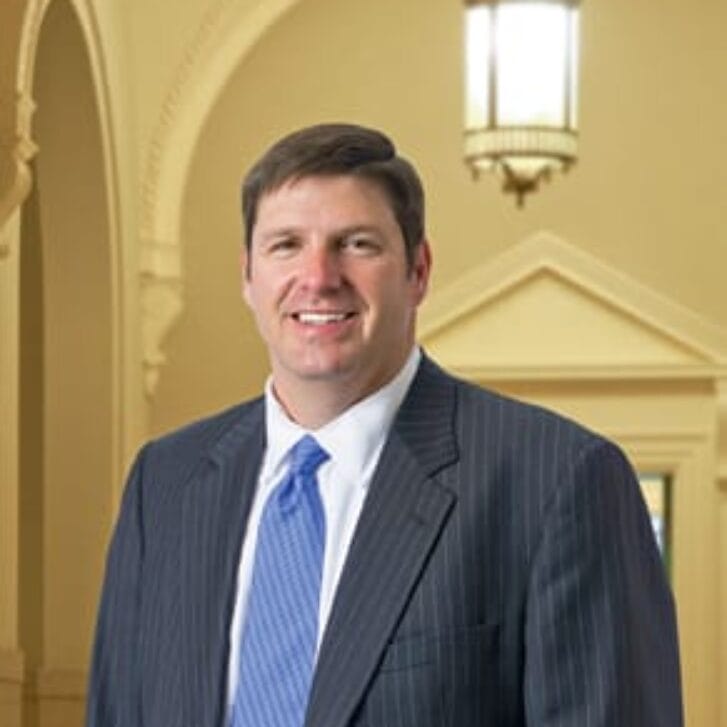Only nine people—eight men, and one woman—have ever climbed the tallest mountains on each of the seven continents and skied to both the North and South poles.
Lei Wang, WG’03, is about to become the tenth.
In late March, Wang left her home in Somerset, MA, and shipped out for Nepal, where she was to begin a nearly two-month-long trek that, she hoped, would eventually take her to the summit of Mount Everest, the tallest mountain in the world and last hurdle standing between her and completion of the ridiculously difficult “7 + 2 challenge.”
It’s a challenge that Wang is on the very cusp of achieving because, over the past five years, she has methodically and mostly without fanfare conquered both of the poles (en route the South, she battled wind chills approaching 50 degrees below zero), and summited (in order), Cotopaxi volcano in Ecuador (19,348 feet), Mount Kilimanjaro in Tanzania (19,341), Mount Elbrus in Russia (18,510), Mount Denali in Alaska (20,320), Cerro Aconcagua in Argentina (22,841), Carstensz Pyramid in Papua (16,023) and Vinson Massif in Antarctica (16,067).
She expected to make her run at Everest—which, at 29,029 feet, dwarfs all six of the other peaks—in late May.
Of course, nothing is certain.
When interviewed in mid-winter, about a month before leaving for Nepal, Wang was hopeful, but realistic, about her chances at conquering the king of all mountains. As she’s learned from her own experience, not all expeditions are a success (it took her three attempts and three years, for instance, to conquer Aconcagaua), and that’s especially true at Everest, where the summit window is narrow and conditions are unpredictable.
And the climb is no picnic, either.
“It’s not very technical from a mountaineering sense,” says Wang. “But you need very good skills. There are some ice sections, and you need to be able climb vertical rock faces. But mostly it’s about managing the altitude. You have to know how your body is going to react. You have to manage your pace, manage your rhythm and keep a good energy level.”
The fact that Wang can even consider an attempt on Everest—the fact that she actually has the skills to navigate the deadly Khumbu ice fall and scale those frightening vertical rock faces—is all the more remarkable when one considers that, just seven years back, she had no mountaineering experience. Wang jokes that, before setting out on the 7 + 2, her only previous climbing experience came from hiking up Xiang Shan in Beijing; it’s a large hill in a city park, and visitors reach the top by stairway.
Wang was born in China’s Jiang Su province. Her family was not wealthy, and Wang grew up dreaming of—or, at least, expected to dream of—a career in medicine, or possibly business. She worked hard at her studies, and the work paid off. She was admitted to Wharton’s MBA program in 2001. But in 2003, with her Wharton career winding down, Wang’s life took a sudden and completely unexpected turn.
The Wharton Leadership Venture that year just so happened to be offering a trip to Cotopaxi, a volcano in the Andes Mountains that has long been a favorite of climbers. Though she knew nothing about climbing, nor of Cotopaxi, Wang signed up for the trip. Along with several of her classmates, she would reach the summit. More importantly, she discovered her passion.
Not long after the Cotopaxi trip, Wang joined some Wharton friends on a trip to Africa, where they topped Kilimanjaro. Though the climb was a struggle, it was then that Wang began to seriously consider taking on the 7 + 2.
“Before I came to Wharton, I had no exposure to outdoor life,” says Wang. “But I went to Ecuador on that trip, and it opened a new door for me and showed me something I had never heard of or thought of. I never imagined what it was like. It was really life-transforming.”
In more ways than one. Wang says she quickly learned that while Cotopaxi and Kilimanarjo could be conquered without serious training, the other six peaks weren’t going to be quite so forgiving. She needed to get in shape—serious shape. So upon committing herself to the 7 + 2, Wang also committed herself to a rigorous training regimen, not to mention a lifestyle that leaves little room for anything but climbing and, well, preparing to climb. The mountains demand nothing less.
“For years and years I’ve spent almost every weekend in the mountains,” she says. “All of my resources, all of my money, I’ve poured it all into climbing. Nothing else has grabbed my soul like this.”
Each of the climbs and both treks to the poles have posed their own unique challenges. In some cases, the challenges were extreme. At Elbrus, temperatures dropped so low that an exhausted Wang was told she would freeze to death if she stopped moving. At Denali, her team didn’t summit until midnight, then got caught in a blizzard as they headed back to camp; one of her friends passed out en route to the top. At Vinson, she tackled the summit even while battling severe food poisoning.
“Lots of people say they are excited as they approach a summit,” she says. “I never felt that way. It’s more like halfway relief. On the way up, you know an accident can happen. You know a storm can come. You are never optimistic, because you always think what might happen. … I never jump and laugh or cry. I take a picture and enjoy the moment and then try to get down safely.”
Now, seven years after her first mountain experience, she is on the cusp of achieving something that even she could not have dreamed possible before Cotopaxi. The very goal that has driven her for the past half-decade is within reach. If she reaches Everest’s summit, the 7 + 2 challenge will be complete.
Asked what the accomplishment would mean—and why, ultimately, she thinks she’s so fully devoted herself to this challenge—and paused for a moment before answering that, in the end, it’s “about what you want out of life.”
“I had been wondering what the meaning of life was for a long time,” she says. “I was really puzzling about that. Some people focus on money, or work, or family. But I asked myself, at the end of my life, am I going to really be that proud that I made a lot of money? Or that I was the best employee? Or did I need something else? For me, [this challenge] was something I needed to keep myself satisfied with my life. It’s something I wanted to do, and so I did it. And maybe if I do this, I can help other people—help them change their lives, too.”


























